Armalight AR rifles, or How it all began
William Shakespeare. Measure for Measure, Act I, Scene IV
Random happiness, random meetings!
It so happened that the president of Fairchild Engine and Airplane Corporation, Richard Boutell, had the idea to engage in rifle weapons. He knew George Sullivan, a patent advisor to Lockheed Corporation, financed by his company, and he proposed to him to open such a company, but under his patronage. After renting a small machine shop on 6567 Santa Monica Boulevard in Hollywood, California, Sullivan hired several employees and began work on a prototype lightweight survival rifle that shot down pilots could use. And on 1 on October 1954, the company was registered as Armalite Corporation and became a division of Fairchild. It is clear that Armalite with its limited capital and a tiny mechanical workshop from the very beginning did not focus on mass production of weapons, but had to develop concepts and models for sale to other manufacturers. And then what happened was to happen sooner or later. During an AR-1 test of a prototype survival rifle design at a local shooting range, Sullivan met with Eugene Stoner, a talented inventor of small arms. Stoner himself was a marine, participated in World War II, and was a good specialist in small arms. Since the beginning of the 1950's, he worked at various enterprises, and in his spare time he created prototypes of new models of small arms, well, he told Sullivan in detail about his ideas. And he turned out to be smart enough to appreciate them, and then hired him as the chief engineer-designer of Armalite. Interestingly, at that time Armalite Inc. was a very small organization (back in 1956, only nine people worked in it, including Stoner himself). Having got Stoner as the chief design engineer, Armalite quickly released a number of interesting developments. The first to be accepted for production was the AR-5, a .22 Hornet survival rifle. The AR-5 was adopted by the U.S. Air Force as a MA-1 survival rifle.
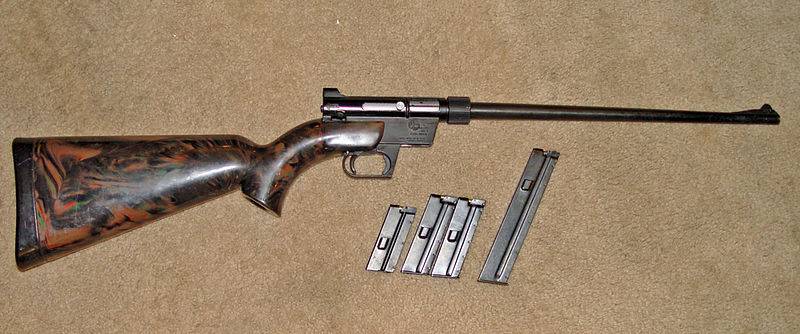
Swim Rifle
The civilian weapon for survival, the AR-7, was later created under the cartridge .22 Long Rifle. The AR-7 semiautomatic device, like the AR-5, could be easily disassembled and components stored in the stock. Originally made from light alloys, the AR-7 could float because it had a stock filled with polystyrene. The AR-7 model and its derivatives have been produced by several companies since its introduction in the late 1950's, and is currently being produced by Henry Ripings Arms from Bayonne, New Jersey, and this rifle is still popular even today.
All the rifles the company was involved in were marked with the letters AR, short for Armalite Rifle. And already the first project - the AR-1 rifle proved to be a truly ultra-modern design. Judge for yourself, she had a butt and a bed of fiberglass filled with foam and a composite barrel of an aluminum tube and a steel threaded insert. This achieved her phenomenal lightness, which immediately made her pay attention to the US Air Force. The success with the MA-1 rifle showed the company’s creative potential, and she received an invitation to participate in the competition for a new military rifle for the US Army, which led to the creation of the AR-10. AR-10 lost the 1957 contest of the year, but then many of the ideas that were embedded in it were then reused in the smaller and lighter AR-15.
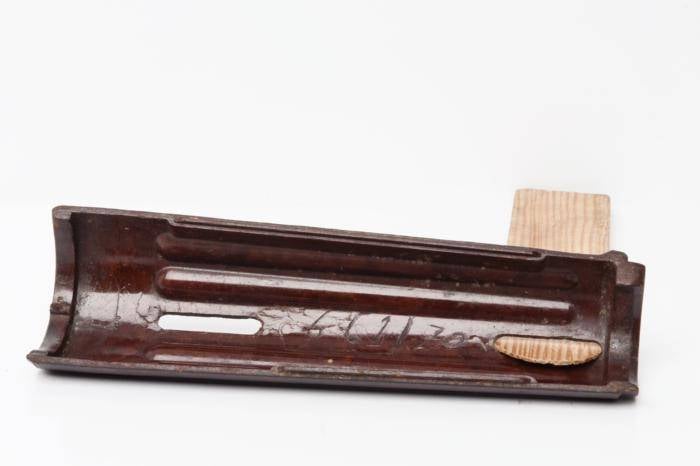
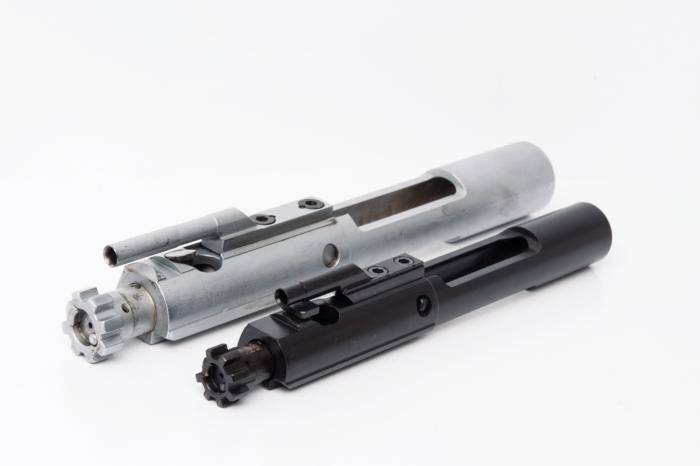
Who would sell you?
But here Fairchild got tired of “pushing” new rifles (it turned out that this was a lot more troublesome than expected) and she sold the licenses for AR-10 and AR-15 to Colt, and AR-10 also to the Dutch Artillerie –Inrichtingen in exchange for aviation contracts for the parent company Fairchild. Then Fairchild in 1962 completely sold its share of Armalite, since it brought too little profit. But the company "Colt" still managed to sell the US Air Force AR-15 for arming the security forces of air bases. In turn, the Dutch AI managed to produce and sell small batches of rifles to various countries, including Cuba, Guatemala, Sudan, Portugal and even the elite Italian marine division COMSUBIN. They hit the special forces in Vietnam. Then, after all the troubles and problems caused by the use of uncertified gunpowder, the military finally approved this rifle. And starting in 1964, this 5,56 mm caliber rifle, designated M16, became the main US military rifle. Now we are talking about replacing it, but in stages, so that it will fail only by the mid-2030s.
Purchase and sale and new revival
The company also had other successful developments, for example, the AR-18, which had a piston system in contrast to the gas system of the AR-15. It was sold to Japan, but, nevertheless, it was not enough to support the company, and it ceased its activities in the early 1980-ies. The rights to the lion logo and name were acquired by Mark Westrom, a former US Army officer and designer of the 7,62 NATO sniper rifle, based again on the designs and concepts of Eugene Stoner, who “resurrected” Armalite, Inc. in 1996 year. The company's headquarters is located in Gineseo, in the state of Illinois. However, already in 2013, he again sold it to the Strategic Arms Corps corporation, which also owns AWC silencers, Nexus ammunition, and McMillan firearms. In 2015, Armalite introduced 18 new models of its rifles, including the AR-10 and M-15. In the middle of 2018, the firm was relocated to Phoenix, Arizona.
Where did the Eagle rifles come from?
The funny thing is that at first Armalite was sold to the Philippines due to a failure with AR-18 ... and its tool company Elisco Tool Manufacturing Company bought it. Apparently, she, too, was tired of dealing only with tools and wanted to produce the most modern weapons. But the purchase fell through due to the political crisis in the Philippines, as a result of which the company was unable to expand the production of AR-18. Then two Armalite employees, Carl Lewis and Jim Glaser, decided to establish an independent company called Eagle Arms in Coal Valley, Illinois, in 1986. Eagle Arms began supplying components for the M16 and AR-15 to the market. Then Stoner's patents expired, and Eagle began assembling entire rifles, and in 1989 the production of finished rifles, the main supplier of parts for which was LMT.
Hollywood Model, Portuguese Model and Sudanese Version
But Armalite did not give up and continued to produce AR-10 rifles at its Hollywood facility. These rifles, made almost by hand, were called the "Hollywood model" AR-10. When Furchild sold a license to AR-1957 for five years to the Dutch arms manufacturer Artillerie Inrichtingen (AI) in 10, it turned out that the Hollywood model AR-10 had several shortcomings and the company had to fix them. Firearms historians divide the production of AR-10 under AI license into three versions: the "Sudanese model" (it was exported to Sudan), the "transitional" and the "Portuguese model" AR-10. The Sudanese version has about 2500 AR-10 rifles, and the transitional version was distinguished by changes made to the design based on the operation of the Sudanese model in place. The "Portuguese model" AR-10 was an improved version sold by the Portuguese Air Force for use by paratroopers.
The total production nevertheless amounted to about 10 000 rifles AR-10. Moreover, none of the Dutch improvements by Armalite was adopted.
In search of a new highlight
Since Furchild was disappointed with the AR-10, it was decided to try their luck with the cartridge .223 Remington (5,56 mm). Thus was born the AR-15, designed by Eugene Stoner, Jim Sullivan and Bob Fremont. However, both of these samples had to be sold to Colt at the beginning of 1959. In the same year, Armalite decided to move its office and design and production workshop to the Costa Mesa, California.
Since the main hope in the form of the AR-10 / AR-15, Armalite urgently developed a series of less expensive 7,62mm and 5,56mm rifles. The 7,62 mm NATO rifle was designated AR-16. The AR-16 had a more traditional piston gas mechanism and a steel receiver instead of an aluminum one. The rifle was similar to the FN FAL, H&K G3 and M14, so no one showed interest in it.
As stated above, Armalite also developed the AR-18 and AR-180 rifles at its Costa Mesa plant, and even sold their license to Howa Machinery Co. in Japan. But Japanese laws forbade belligerent countries from selling military-style weapons, and since the United States was at the time in Vietnam, the production of Japanese rifles was limited in scope. Then the license for the production of rifles was sold to the British company Sterling Armaments in Dagenham. But sales were modest. Although the AR-180 was actively used by militants from the Provisional Irish Republican Army in Ireland, who bought these rifles on the black market. However, American manufacturers and creators of AR-18 can be comforted by the fact that it was the device of its rotating shutter, and the gas mechanism that served as the basis for SA80 - the British small arms system. After all, the predecessor of the SA80 rifle was the XL65 model, which is essentially the same AR-18, only converted into a bullpup, like the SAR-80 adopted by the army of Singapore and the German G36. All of them are AR-18 based on their design.
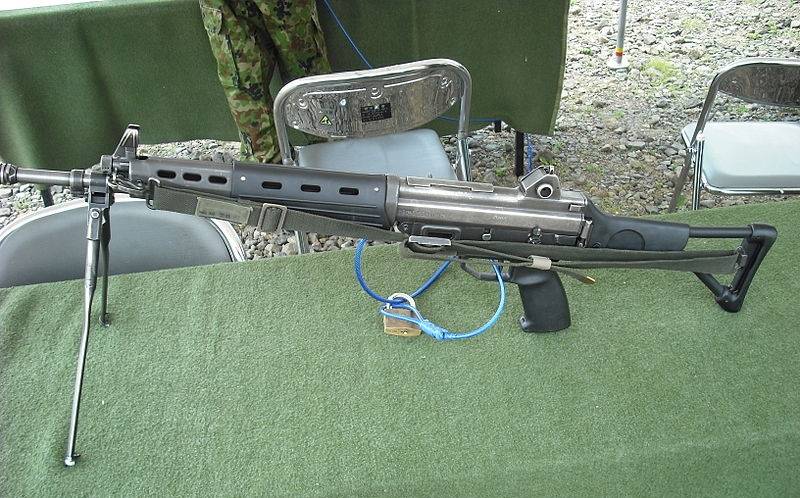
100th series rifles and brand return
Then, the AR-100 series of rifles was developed in four versions: AR-101 - an assault rifle and AR-102 carbine, as well as an AR-103 carbine and an AR-104 light machine gun. The 100 series did not have success, and by the 1970 years, Armalite had ceased to design new rifles, and had actually ceased operations.
But then the company nevertheless resumed its activity under the name Armalite Inc, and today it produces a number of new rifles based on its time-tested AR-15 and AR-10, as well as heavy (weight 15,5 kg, caliber 12,7-mm!) Sniper rifles BMG .50 (AR-50) and a modified AR-180 named AR-180B (discontinued in 2009). In the mid-2000's, the company also tried to produce pistols, but they were discontinued.
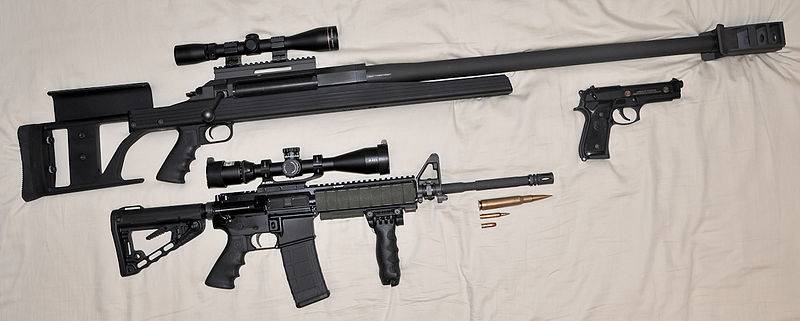
To be continued ...
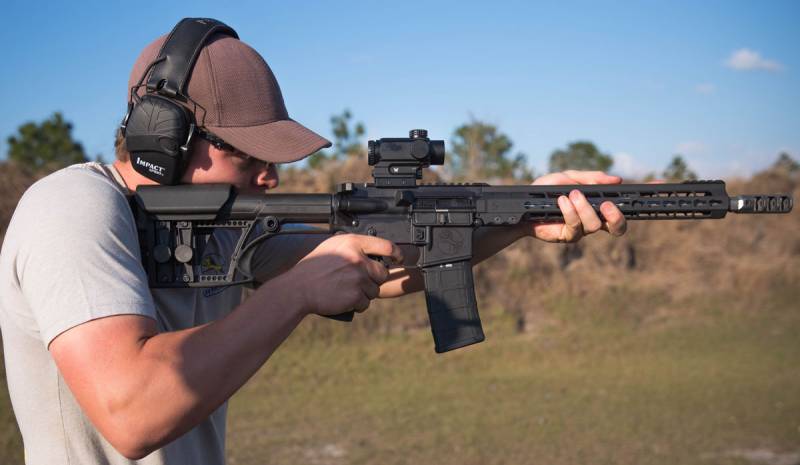
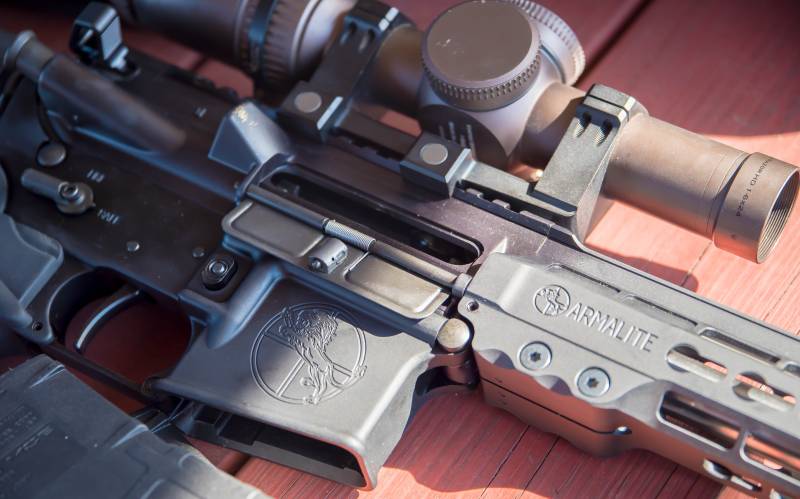
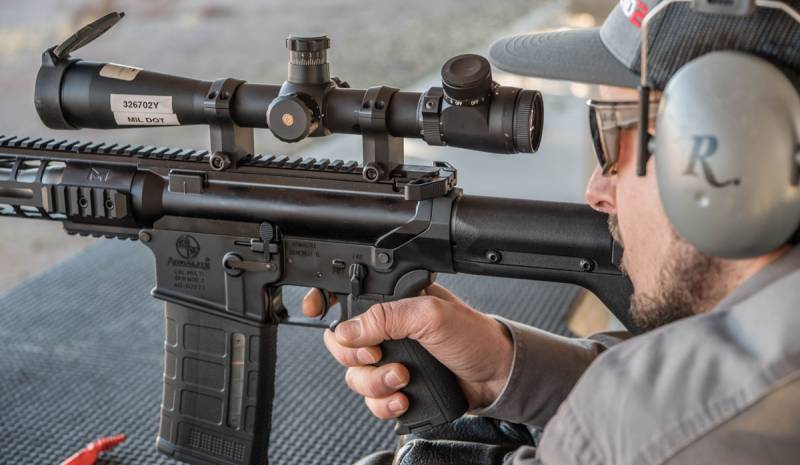










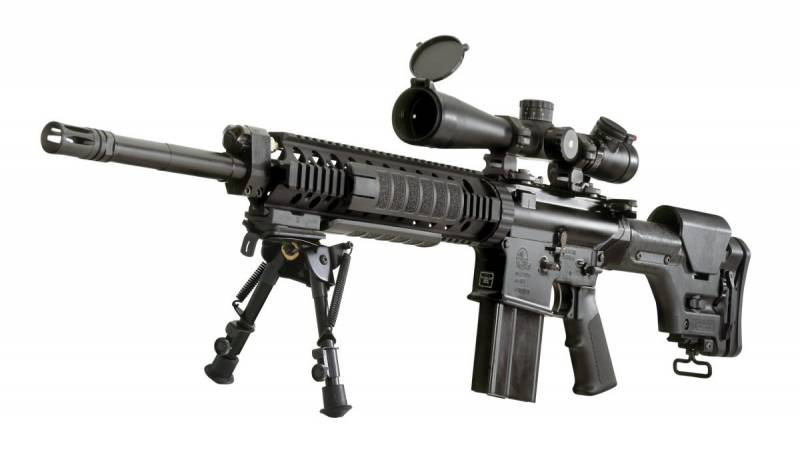
Information